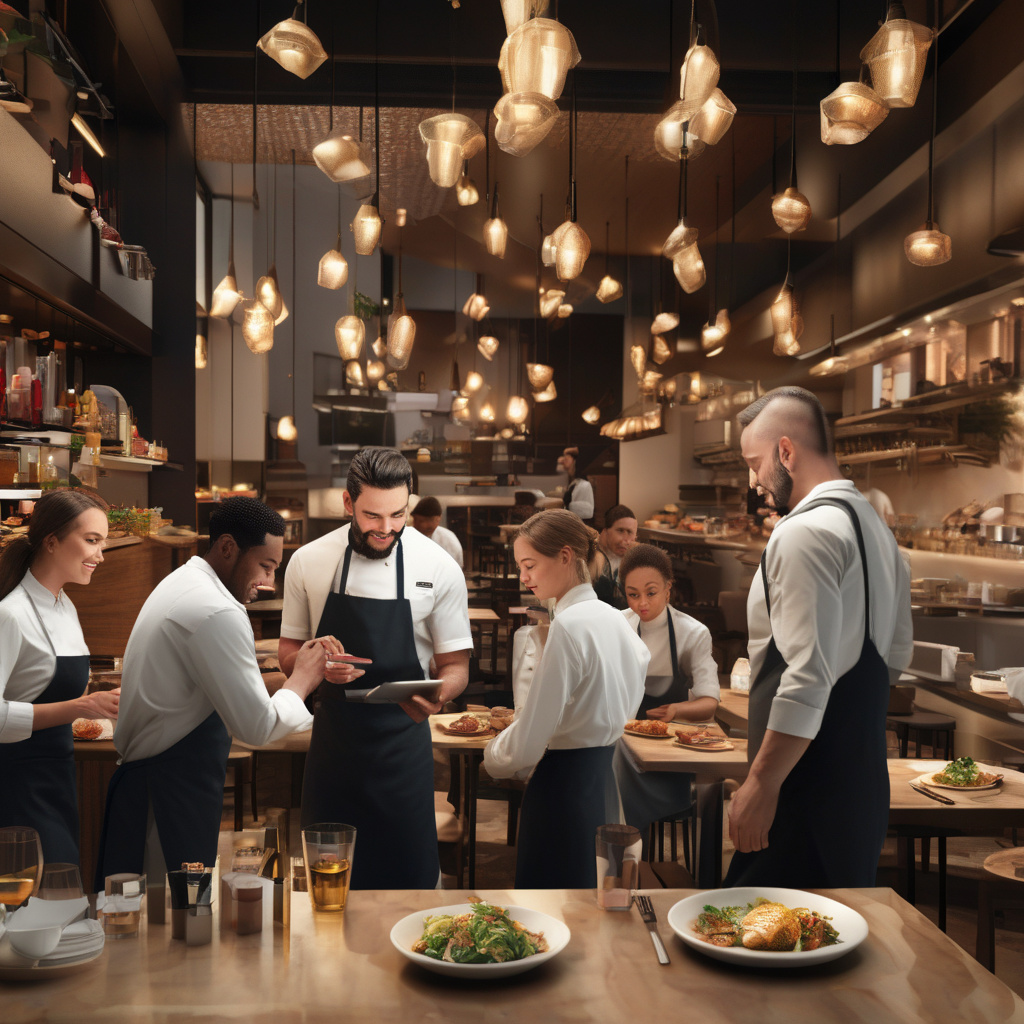How Your Restaurant Can Scale Without the Strain
In today’s competitive landscape, restaurants are racing to modernize their operations to keep up with ever-changing consumer expectations. However, as establishments expand and scale their technology across multiple locations, they often encounter significant challenges. The key to overcoming these hurdles lies in adopting a strategic approach that integrates technology seamlessly, streamlining operations while enhancing the customer experience.
The need for modernization in the restaurant industry cannot be overstated. According to a recent report by the National Restaurant Association, nearly 60% of consumers prefer dining at establishments that offer modern technology solutions, such as online ordering and contactless payments. Therefore, it’s crucial for restaurants to invest in systems that can not only meet current demands but also adapt as the business grows.
One of the primary complications faced during the scaling process is the burden of managing multiple systems across different locations. When each restaurant operates on a disparate technology platform, it can lead to inefficiencies, confusion, and increased operational costs. A decentralized approach can hinder real-time data sharing, making it difficult for management to track performance metrics, inventory levels, and labor costs effectively.
To tackle these challenges, restaurants should consider investing in an integrated restaurant management system (RMS). An RMS consolidates various operational functions—such as point-of-sale (POS), inventory management, employee scheduling, and online ordering—into a single platform. This centralization simplifies management processes, allowing restaurant owners and operators to monitor all locations from one dashboard.
For instance, a well-known pizza chain successfully transitioned to an integrated RMS that allowed them to manage over 100 locations. By doing so, they reduced their inventory waste by 20% and improved their employee scheduling efficiency, leading to a 15% increase in overall productivity. Such results not only prove the effectiveness of an integrated system but also illustrate how technology can support growth without adding unnecessary strain.
Furthermore, cloud-based solutions are revolutionizing how restaurants operate. By leveraging the power of the cloud, restaurant operators can access important data from anywhere, at any time. This flexibility is particularly beneficial for multi-location establishments, as it allows for real-time updates and adjustments to menus, pricing, and promotions. For example, during the pandemic, many restaurants pivoted to takeout and delivery services. Those utilizing cloud-based systems could quickly adapt their operations to meet changing consumer needs without significant downtime.
In addition to centralizing operations, restaurants should also focus on employee training and engagement. A seamless technology implementation is only as effective as the staff operating it. Investing time and resources in comprehensive training programs ensures that employees feel confident using new systems. This not only enhances operational efficiency but also improves customer service, as knowledgeable staff can better assist patrons and handle inquiries.
Moreover, restaurants can benefit from establishing a strong feedback loop with their team. Encouraging employees to share their experiences with the new systems can provide valuable insights and identify any pain points that need addressing. For instance, a popular fast-casual restaurant chain implemented a feedback system that allowed employees to report issues with the RMS directly. By addressing these concerns, management was able to make necessary adjustments that improved usability and overall satisfaction among staff.
Additionally, when scaling, it’s essential to maintain a consistent brand experience across all locations. This involves ensuring that technology supports the brand’s identity and values. For example, if a restaurant prides itself on sustainability, it can utilize technology to track and optimize food sourcing, reducing waste and promoting eco-friendly practices. By aligning technology with core values, restaurants can strengthen their brand presence and build loyalty among customers.
In conclusion, scaling a restaurant without the strain requires a proactive approach to technology integration and employee engagement. By adopting an integrated restaurant management system, leveraging cloud-based solutions, investing in staff training, and maintaining a consistent brand experience, restaurant owners can navigate the complexities of expansion effectively. The goal is not just to grow but to do so in a manner that enhances operational efficiency, improves customer satisfaction, and ultimately drives profitability.
As the restaurant industry continues to evolve, those who embrace technology strategically will be better positioned to thrive in a competitive market.
#RestaurantManagement #ScalingBusiness #CloudSolutions #EmployeeEngagement #ModernDining
